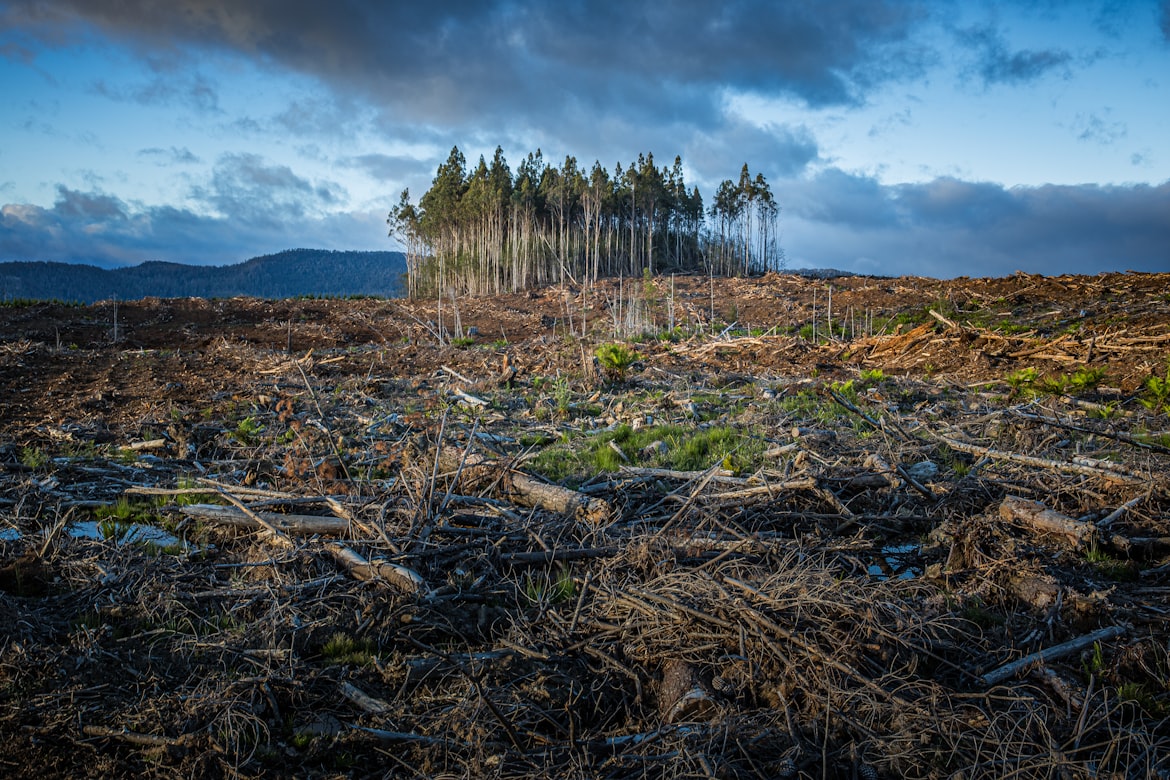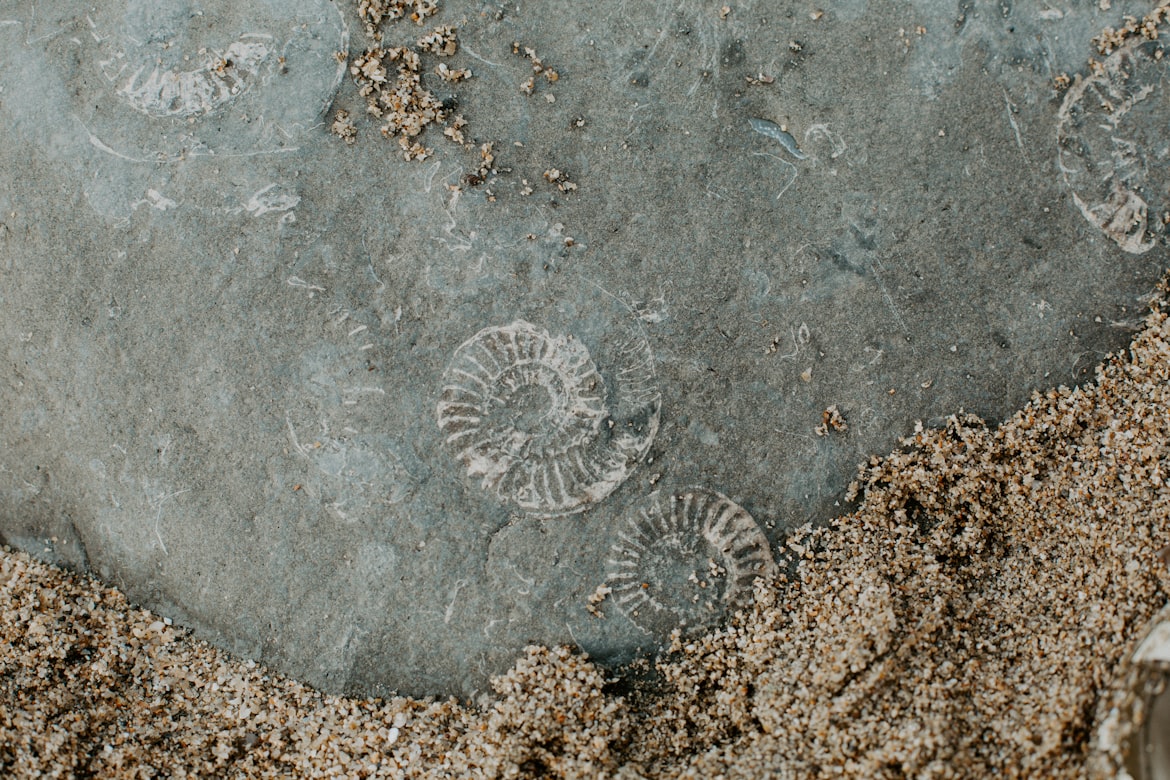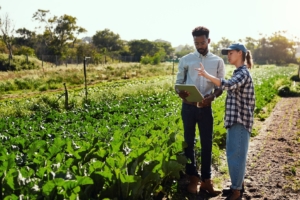Fossils and Climate Change: How Fossil Records Help us Understand Earth’s Climate History

By studying fossils, scientists can learn about past climate patterns and how they have changed over time. This knowledge is crucial in understanding current climate change and predicting future climate patterns.
Fossil Records and Climate Change
Fossil records provide important information about past climate patterns, such as temperature and precipitation levels. For example, scientists can study the remains of ancient plants and animals to determine what the climate was like when they lived. For example, the presence of certain types of plants or the characteristics of certain types of animals can indicate past temperature and precipitation levels.
One of the most well-known and widely used methods to study past climate is by studying the isotopes of oxygen and carbon in fossils. The ratio of these isotopes in the fossil’s remains is related to the temperature and precipitation of the environment in which the organism lived. This method is particularly useful for studying past temperatures, which is a key indicator of climate change.
Paleoclimate Reconstructions
Using the information gathered from fossil records, scientists can reconstruct past climates and compare them to current climate patterns. This process is known as paleoclimate reconstruction and it helps scientists to understand how the climate has changed over time.
Paleoclimate reconstructions have provided valuable insights into past climate patterns. For example, studies have shown that during the last ice age, which occurred around 20,000 years ago, the Earth was much colder than it is today. This information can be used to understand current climate patterns and predict future changes.
Paleoclimate reconstructions have also provided valuable insights into past climate variability. For example, studies have shown that the Earth’s climate is not always stable, but rather goes through periods of warming and cooling. This information is crucial in understanding the natural variability of the Earth’s climate and distinguishing it from the current warming trend, which is caused by human activities.
Impacts of Climate Change on Fossils
Climate change not only affects the current plant and animal populations, but also the fossils and the fossil record. As the climate changes, it can alter the conditions under which fossils are formed and preserved. For example, rising sea levels can flood fossil sites and make them inaccessible. Additionally, warmer temperatures can cause the decay of organic materials, thus making the fossils less well-preserved.
Another problem is that the current climate change is happening at a much faster rate than in the past, making it difficult for many species to adapt and survive, leaving an incomplete fossil record. This can make the analysis of past climate patterns and the prediction of future patterns more difficult.
Conclusion
Fossils are a valuable resource for understanding the Earth’s climate history. By studying the remains of ancient plants and animals, scientists can learn about past climate patterns and how they have changed over time. This knowledge is crucial in understanding current climate change and predicting future climate patterns. However, the current climate change is happening at a much faster rate than in the past and it is affecting the fossil record and its preservation.







